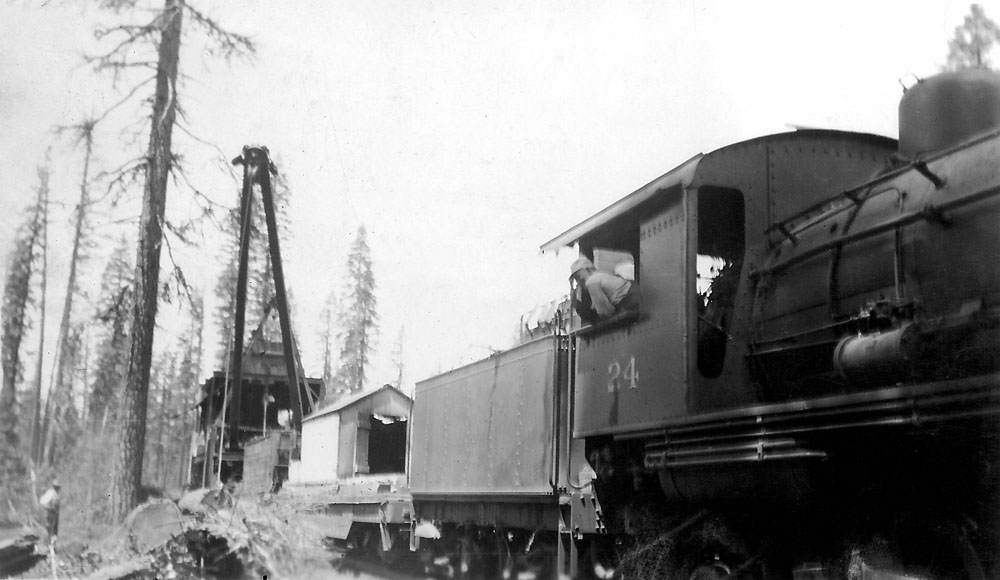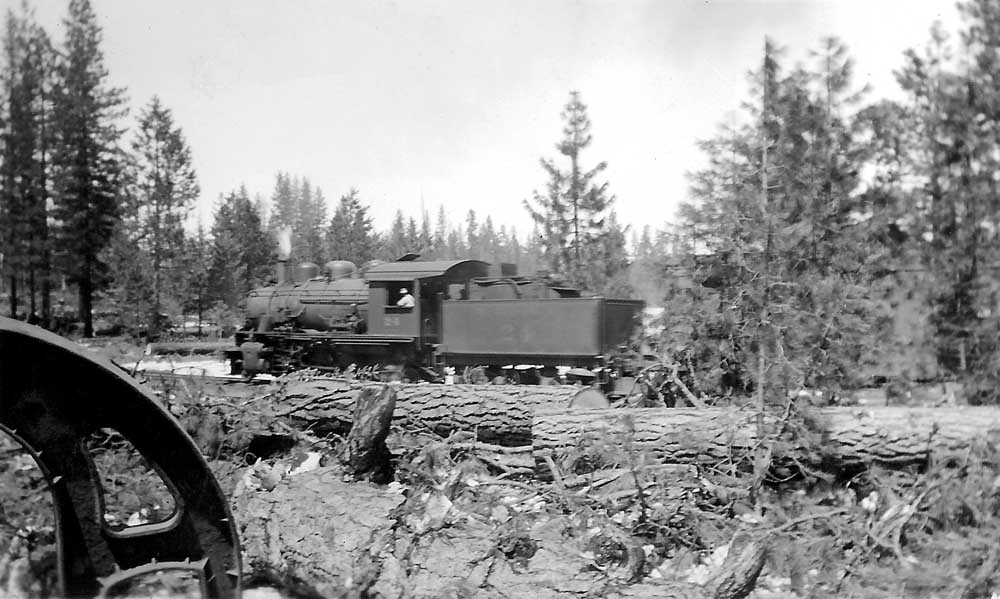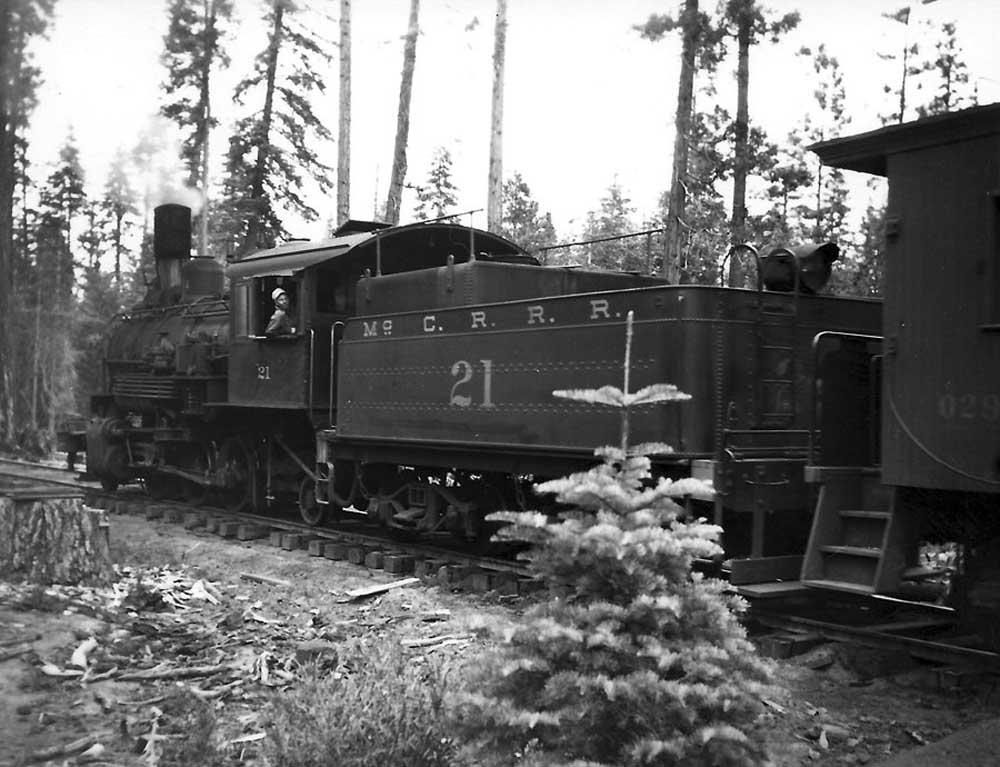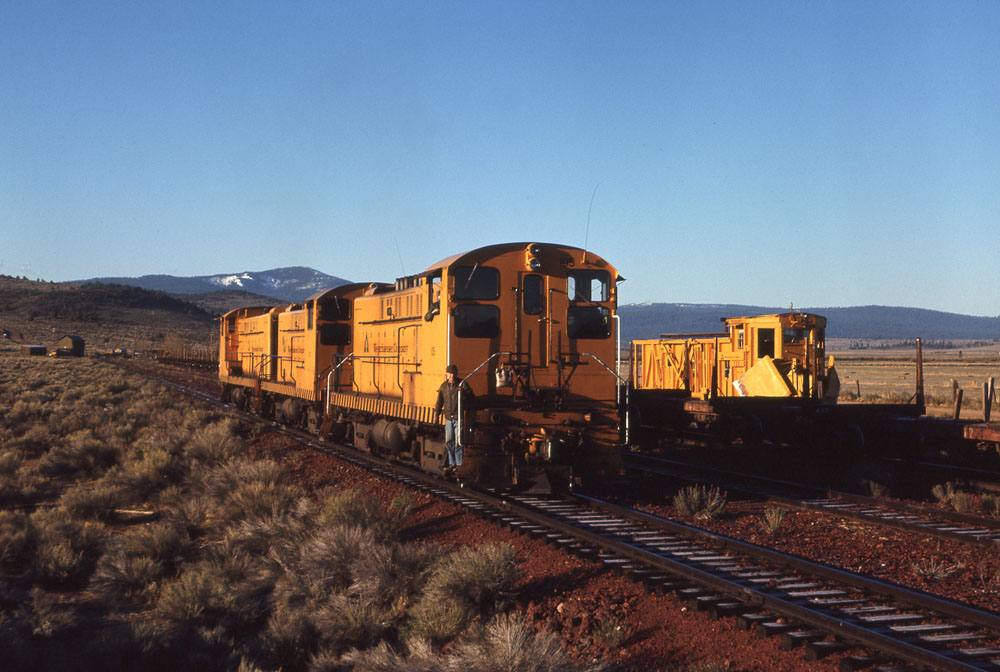Short answer, the combination of three laws- Antiquities Act of 1906, National Historic Preservation Act, and Archaeological Resource Protection Act protect anything 50 years old or older on Federally owned or managed lands, not just national parks or monuments. Private lands are fair game, anything over 50 years on public qualifies. There is a lot of public land managed by BLM along much of the old CPRR grade, so you do have to be careful which land you are on. The general principal is take only photographs and leave only footprints.
Jeff Moore
Elko, NV
Jeff Moore
Elko, NV




